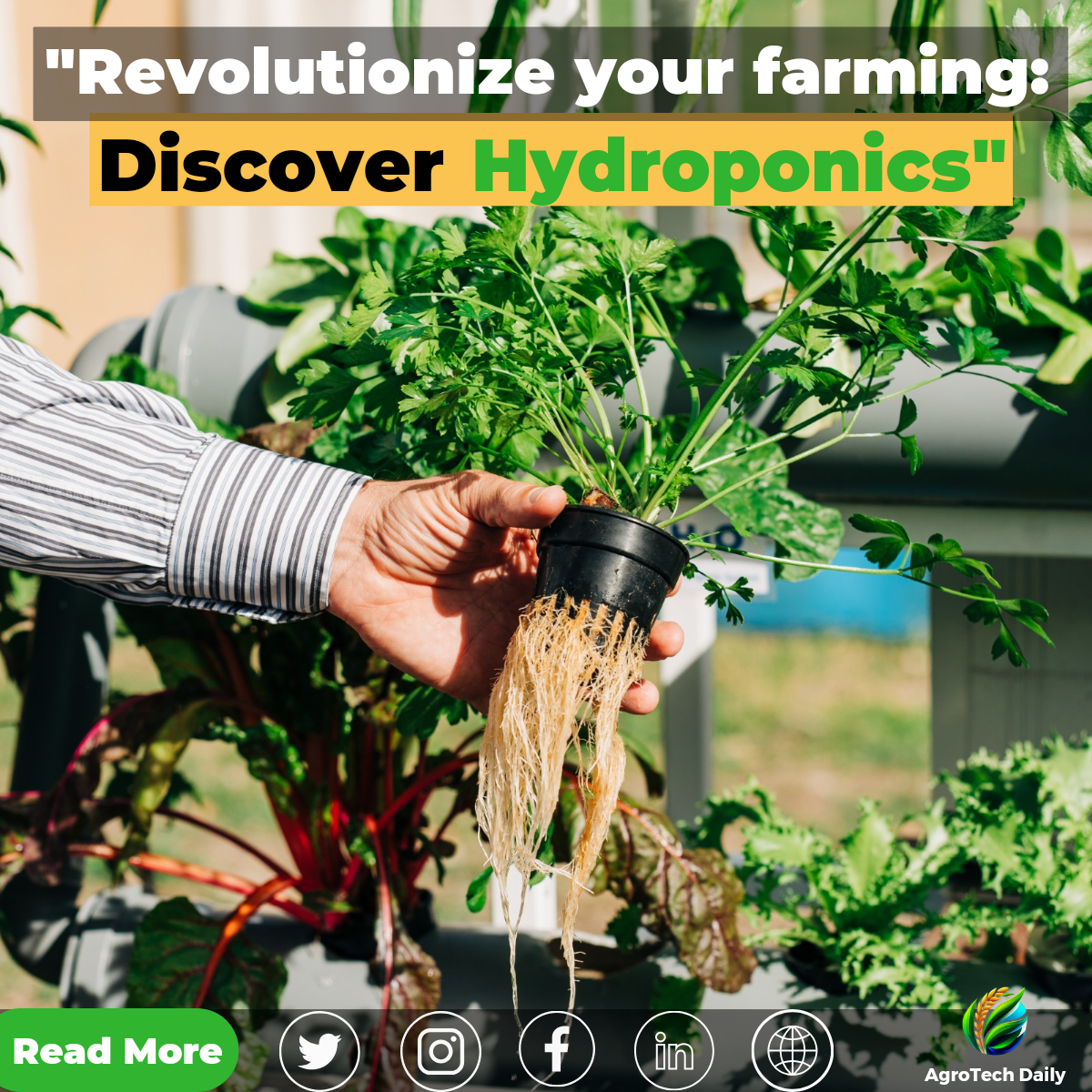Introduction:
In the ever-evolving world of agriculture, innovative techniques are continuously reshaping the way we grow crops. Among these groundbreaking methods, hydroponics stands out as a soil-less farming technique that is transforming the industry. By providing plants with a nutrient-rich water solution, hydroponics offers numerous advantages over traditional soil-based farming. In this article, we will delve into the world of hydroponics, exploring its benefits, techniques, and its potential to revolutionize food production and sustainability.
1. The Concept of Hydroponics:
Hydroponics, derived from the Greek words "hydro" (water) and "ponos" (labor), involves cultivating plants without soil. Instead, plants are grown in a controlled environment where they receive the necessary nutrients through a precisely balanced water solution. This soil-less approach allows for better control over growth factors such as light, temperature, and nutrient composition, resulting in optimized plant development.
2. Advantages of Hydroponics:
2.1 Increased Crop Yield: Hydroponics provides plants with the perfect balance of nutrients, promoting faster and healthier growth. This results in significantly higher crop yields compared to traditional farming methods.
2.2 Water Conservation: With water scarcity being a global concern, hydroponics offers an efficient solution. This technique consumes up to 90% less water compared to conventional farming, as the water is recirculated within the system.
2.3 Space Efficiency: Hydroponics enables vertical farming, allowing crops to be stacked in layers. This vertical arrangement maximizes land usage, making it ideal for urban areas or regions with limited arable land.
2.4 Year-Round Cultivation: Hydroponics allows for year-round crop production, independent of seasonal constraints. This ensures a consistent supply of fresh produce throughout the year, reducing dependence on seasonal variations and external factors.
3. Types of Hydroponic Systems:
3.1 Nutrient Film Technique (NFT): In this system, a thin film of nutrient-rich water flows over the roots, providing them with essential nutrients.
3.2 Deep Water Culture (DWC): Plants are suspended in nutrient-rich water, with their roots fully submerged. Oxygen is provided through an air pump to prevent root rot.
3.3 Drip System: Nutrient solution is delivered to the plants through a network of tubes and drippers, providing precise and controlled irrigation.
3.4 Aeroponics: In this system, plant roots are suspended in the air, and nutrient-rich mist is periodically sprayed onto the roots. This method promotes rapid growth and increased nutrient absorption.
4. Essential Nutrients for Hydroponics:
To ensure proper plant growth in a hydroponic system, essential nutrients must be provided. These include macronutrients such as nitrogen, phosphorus, and potassium, as well as micronutrients like iron, calcium, and magnesium. Monitoring and maintaining the correct nutrient balance is crucial for optimal plant development.
5. Overcoming Challenges in Hydroponics:
While hydroponics offers numerous benefits, certain challenges need to be addressed. Maintaining pH levels, preventing nutrient imbalances, and managing diseases and pests require careful monitoring and proper system maintenance. However, advancements in technology and research are continuously improving hydroponic systems and mitigating these challenges.
Conclusion:
Hydroponics is revolutionizing agriculture by providing a sustainable, efficient, and space-saving solution for food production. Its ability to optimize crop yield, conserve water resources, and enable year-round cultivation holds great promise for the future of farming. By embracing hydroponics, farmers can overcome geographical limitations, reduce environmental impact, and ensure a consistent supply of fresh produce.
Keywords: hydroponics, soil-less farming, crop yield, water conservation, vertical farming, sustainable agriculture, year-round cultivation, nutrient solution, hydroponic systems, macronutrients, micronutrients.









